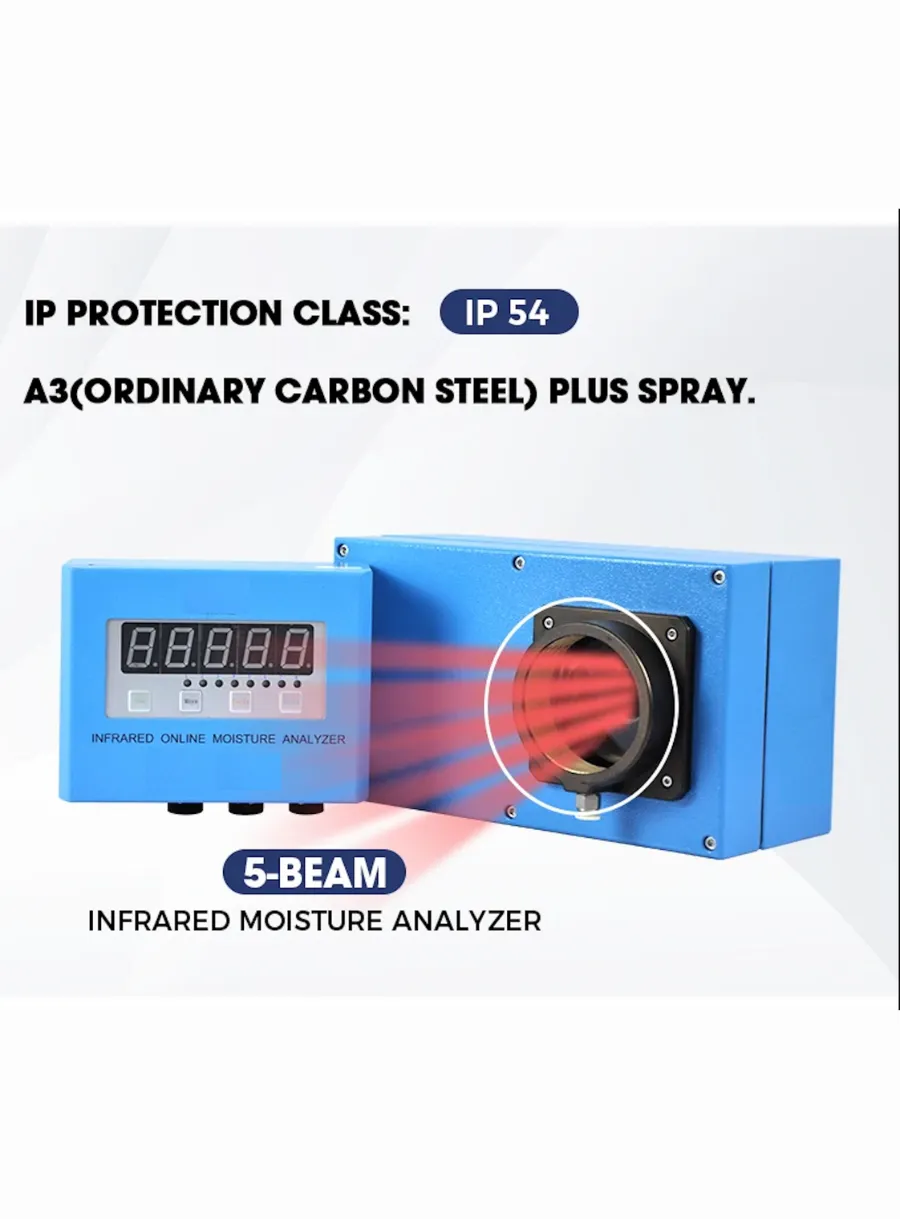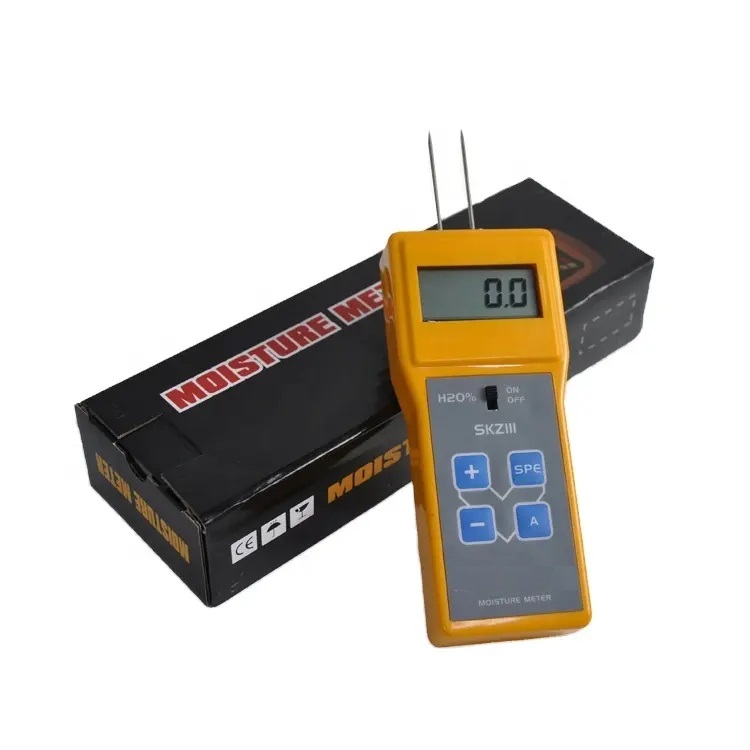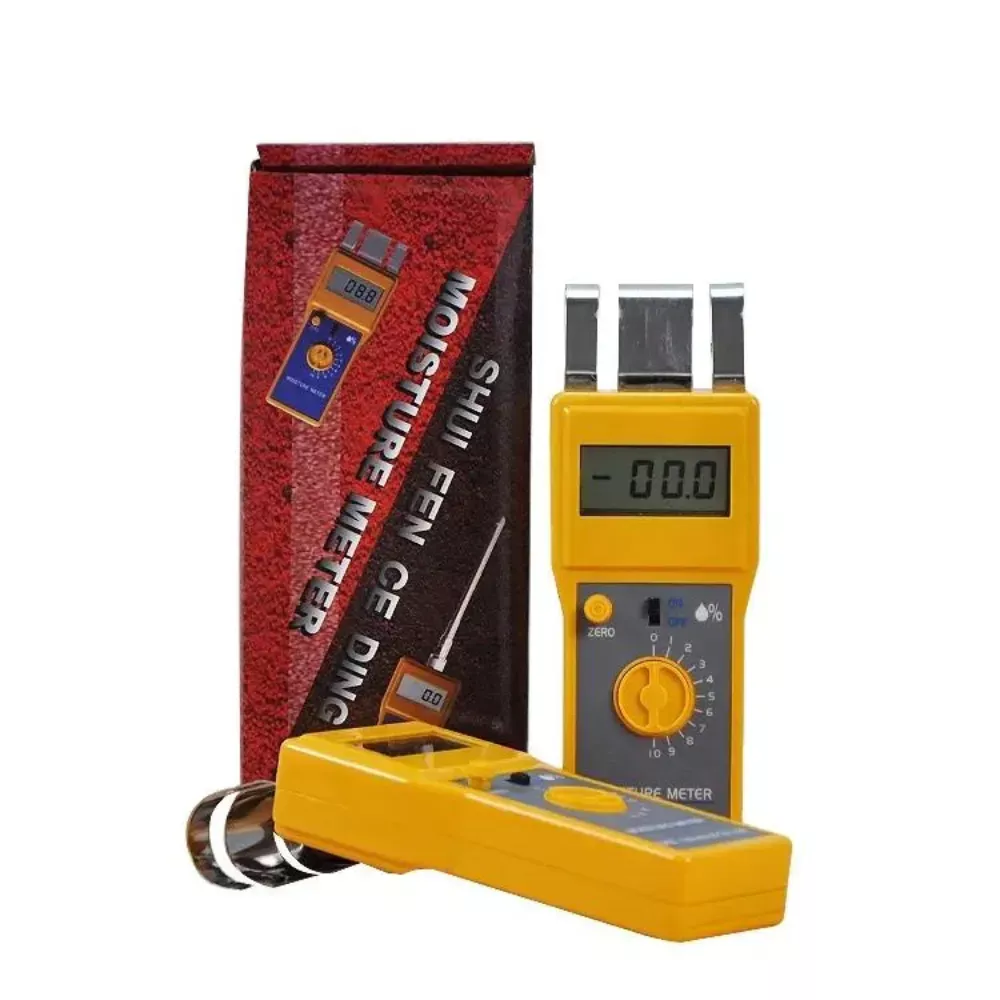
Factors Affecting Moisture Measurement In Dehydrated Food
Table of Contents
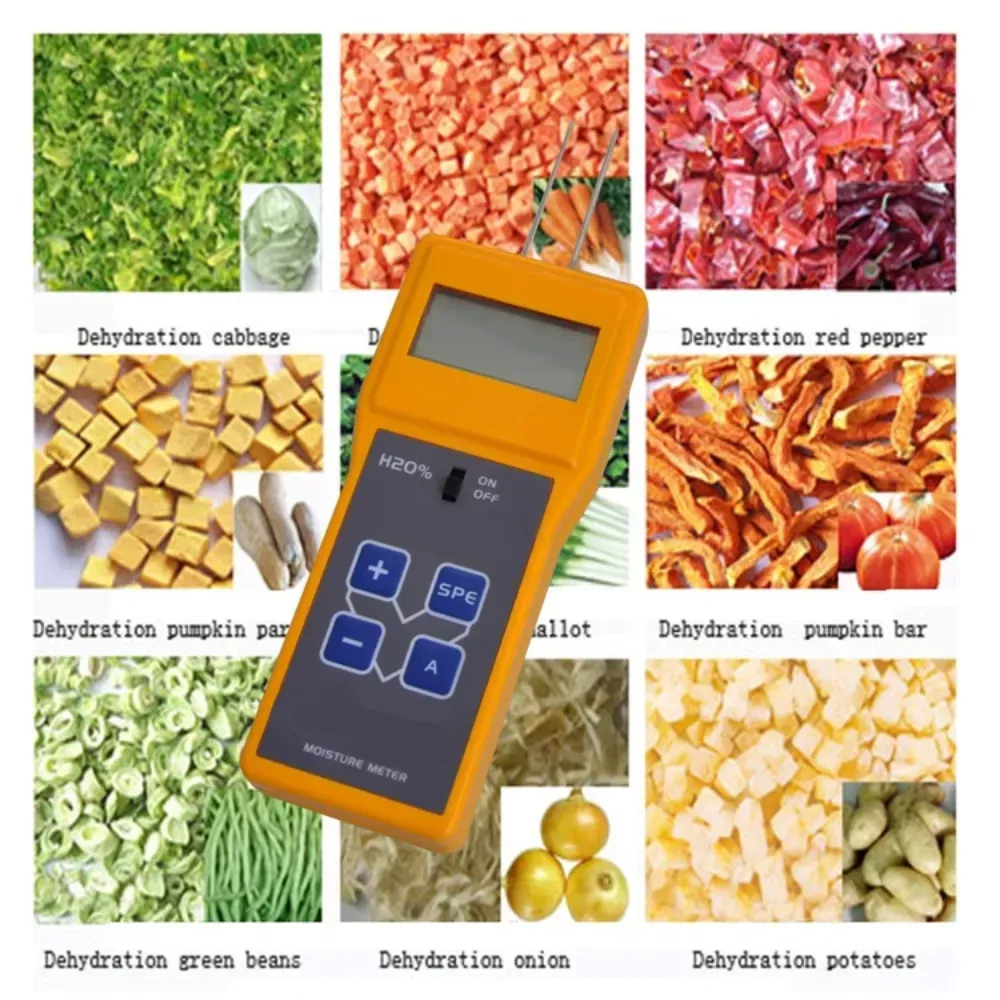
Moisture measurement in dehydrated food is influenced by several critical factors, including the method used for analysis, temperature variations, and the properties of the material being tested.
The dew point method, particularly utilizing chilled mirror technology, is widely recognized for its accuracy in measuring moisture content in gaseous media. In this approach, a gas flows across a chilled mirror, causing moisture to condense at the dew point temperature. The precise measurement requires recording both condensation and evaporation temperatures, as the dew point is defined as the equilibrium temperature at which condensation and evaporation occur at equal rates. Additionally, moisture analysis encompasses various methods suited for solids, liquids, or gases, making it a crucial component in industries like food production and pharmaceuticals. Accurate moisture content measurements are essential, especially in processes involving sensitive materials, such as plastics and pharmaceuticals.
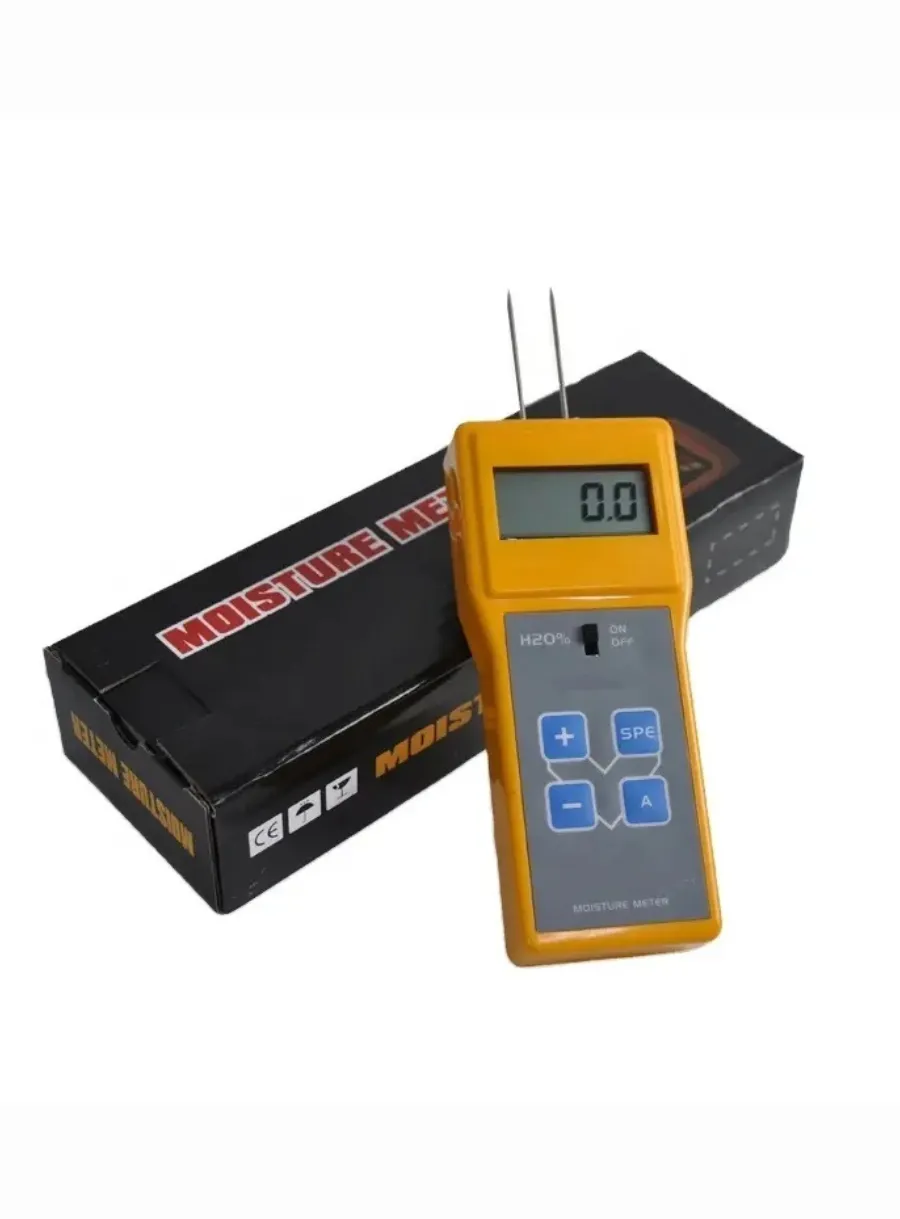
Temperature plays a significant role in moisture measurements. Different materials exhibit varying temperature coefficients, which can impact the accuracy of readings obtained from moisture meters. As a result, both the temperature of the material being tested and that of the meter itself must be taken into account to ensure precise results.
The physical characteristics of the material also affect moisture readings. The density of the material can lead to variances in moisture meter outcomes; for example, denser materials like hardwood may necessitate adjustments to the meter’s settings to acquire accurate moisture content values. Furthermore, moisture meters typically assess moisture levels near the surface of materials, which means that surface moisture conditions—such as wetness or condensation—can skew the readings and must be managed to avoid inaccuracies.
Comments
Tags
Frequently Asked Question
The dew point method, particularly using chilled mirror technology, measures moisture content in gases by flowing the gas across a chilled mirror and recording the temperature at which moisture condenses and evaporates at equal rates.
Temperature affects moisture measurements due to varying temperature coefficients of different materials. Both the temperature of the material being tested and the meter itself must be considered to ensure accurate results.
Material properties, such as density, can affect moisture meter readings. Denser materials may require adjustments to meter settings for accurate measurements. Surface moisture conditions can also skew readings, as meters typically assess moisture levels near the surface.
Accurate moisture measurement is crucial in food production for quality control, ensuring product safety, determining shelf life, and maintaining consistency in dehydrated food products. It helps prevent spoilage and ensures compliance with industry standards.

